DeFi 101: Create a Centralized Exchange (CEX) account
Onramp fiat to a Centralized Exchange account

This step is pretty straight forward and shouldn't take you too long.
Finding a good CEX is not very complicated, since most people usually just join the biggest exchanges. Opening an account is also pretty straight forward. Please note that they will require a KYC (Know Your Customer), which requires you to send an official document (ID card, Passport).
First step
The first question you need to ask yourself is which fiat will you be sending on the CEX?
If it's a very popular one, such as USD or EUR, you're going to be able to on-ramp and off-ramp on most/every exchange. If your currency is not as popular, you must ask yourself whether you plan on converting it directly into USD through your regular bank before sending it to a CEX.
You can check which CEX supports which currencies on coinmarketcap here!
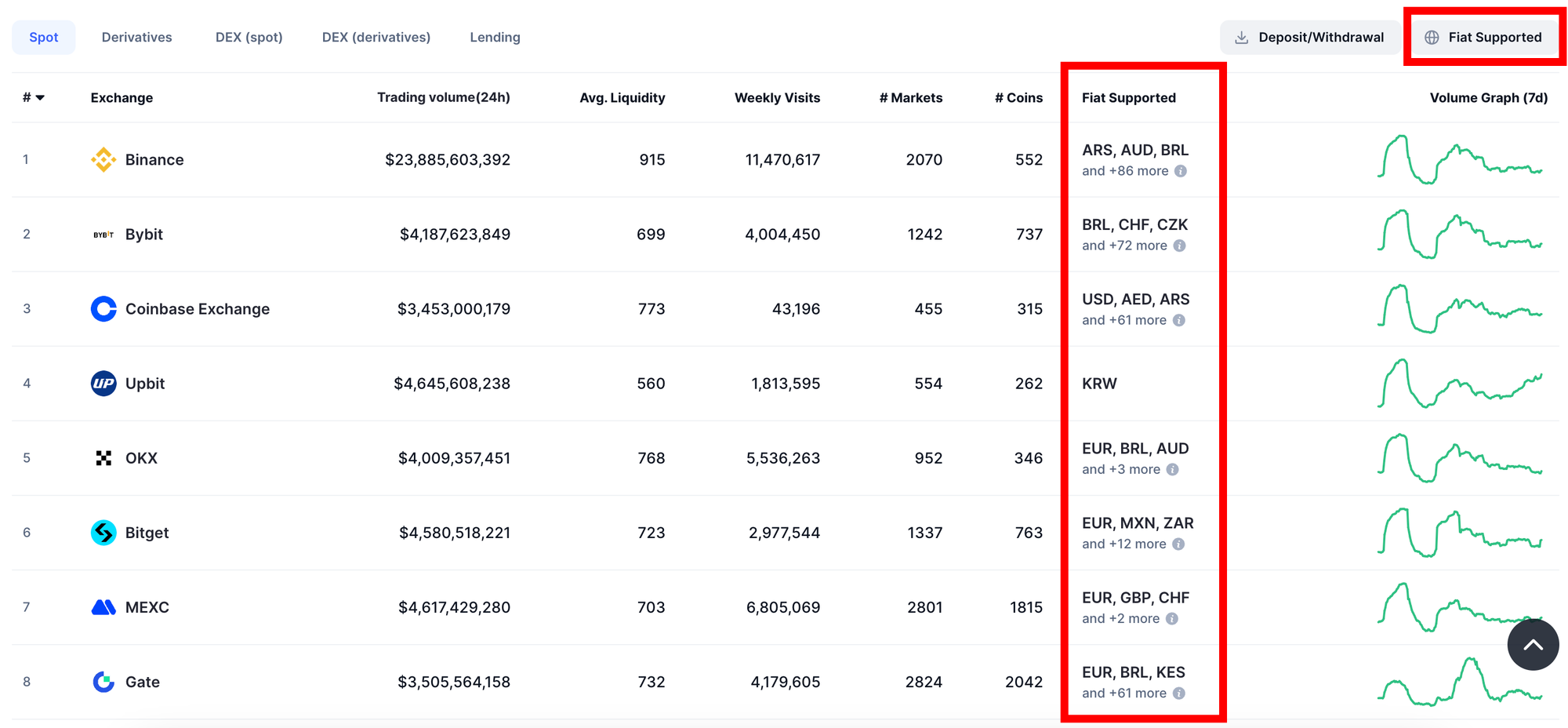
I've been using Kraken, Coinbase, and Binance. Where you live can have a big impact. For example, in the US, most people use Coinbase (Binance was banned in the US, which is why they have a specific Binance US).
You can also google: "biggest CEX in [my country]" and find which one is the most popular in your country.
Second step
Fees are important too, although, if your end goal is DeFi, you might not trade on a CEX very often.
You can check a list of fees for each CEX here. Make sure to double check on the official website, in case they've changed.
Binance is the most popular by far. It has the most volume by far. Fees can be as low as 0.075% if you pay them with BNB (if not, fees are 0.1%). When Binance announces a token listing, its price usually goes up, due to Binance's popularity and reach. If you want to open a Binance account, feel free to use my referral link, which will give you 10% commission discount!
Third step
Now that you've chosen your CEX, you need to deposit fiat on it.
Again, this will depend on which fiat you're using. Please be mindful of the fees that might apply, usually a bank transfer is the cheapest option and should be your chosen method. Please avoid credit cards, since the fees can be as high as 1-5% of the total amount.
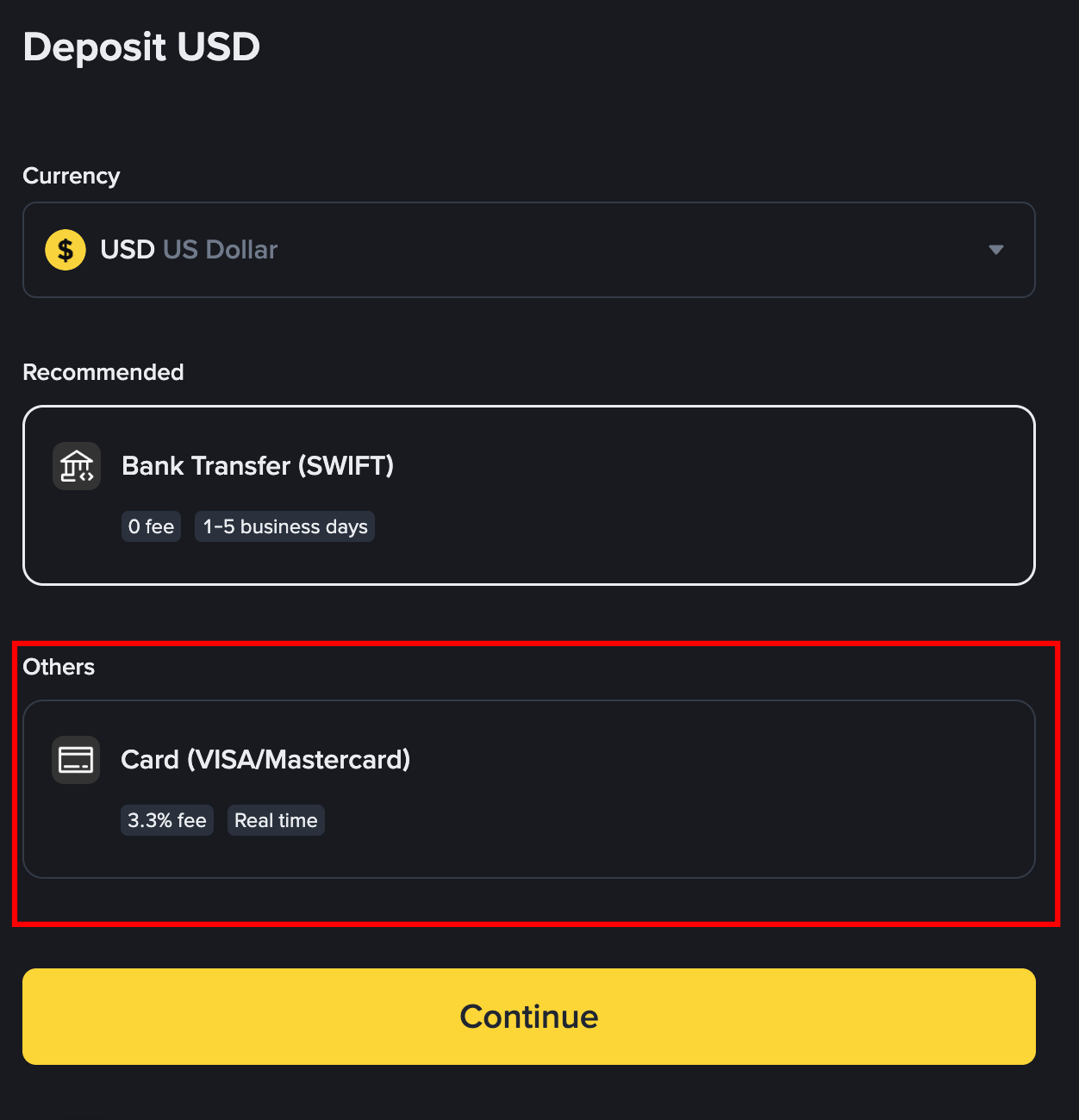
If your portfolio is 100% in USD stablecoins, you should consider forex fluctuations to fully grasp how your portfolio performed!
Final Words
If you choose one of the biggest CEX, you can't go wrong. You can also have multiple accounts, since some exchanges might not have a specific token you're looking for. These accounts are always free, so it doesn't hurt to have various options available. Furthermore, these exchanges often offer campaigns where you can deposit crypto and earn rewards. Although, DeFi will often offer you much better rewards, thankfully!
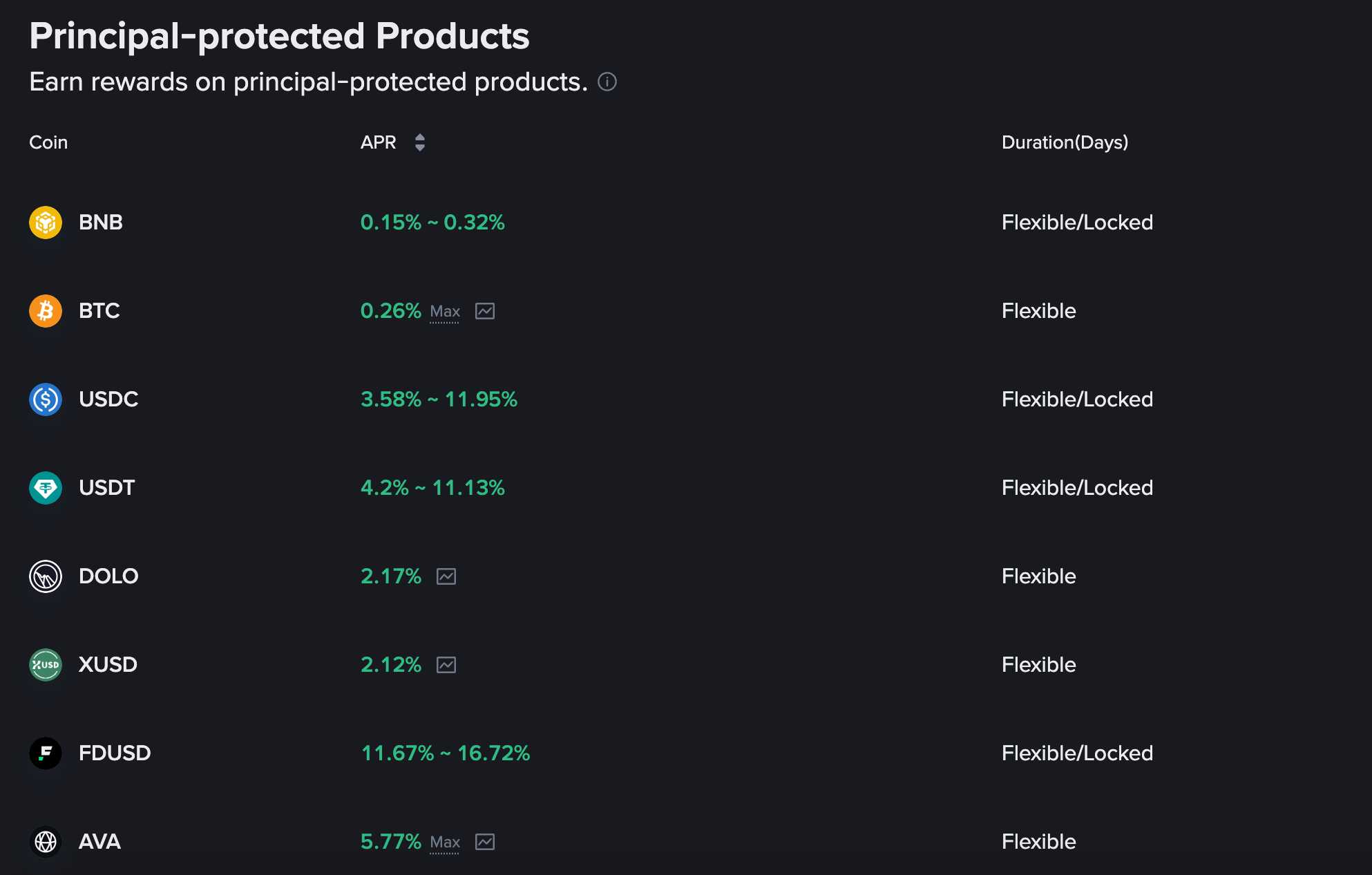
You should ideally avoid holding your funds on a CEX for too long. The biggest ones are generally safe, but there have been many issues in the past with compromised funds. The most famous example is Mt. Gox. More recently, Bybit lost $1.4bn!
"Not your keys, not your crypto!" is a famous saying in crypto, meaning that if you don't hold your cryptos yourself, they don't really belong to you.
Other options?
If you have an account on a "neobank" (Revolut, N26, Monzo,...), they often allow you to buy/sell cryptos, and some allow you to withdraw them to the blockchain. It can be a good option if you don't want to create a CEX account, or if you want to test DeFi.
Finally, there are also direct on-ramps and off-ramps, such as Monerium and Mt. Pelerin. I have never used them, but it allows you to send funds from your bank account directly to your wallet.
Check the next part in this guide: Create a cryptocurrency wallet (hot or cold wallet)


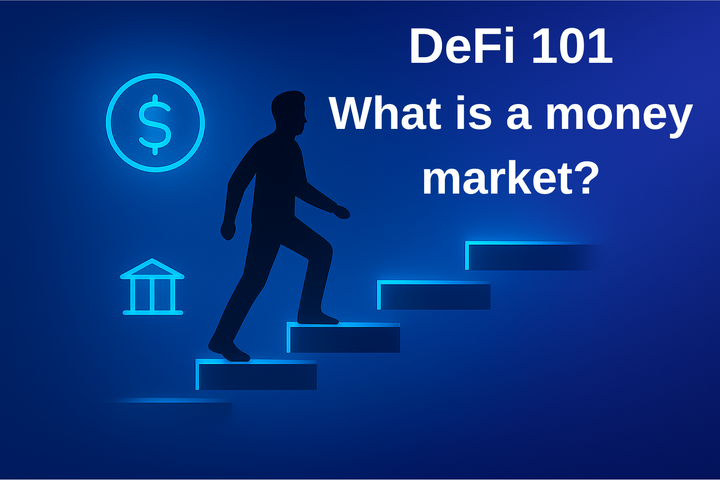
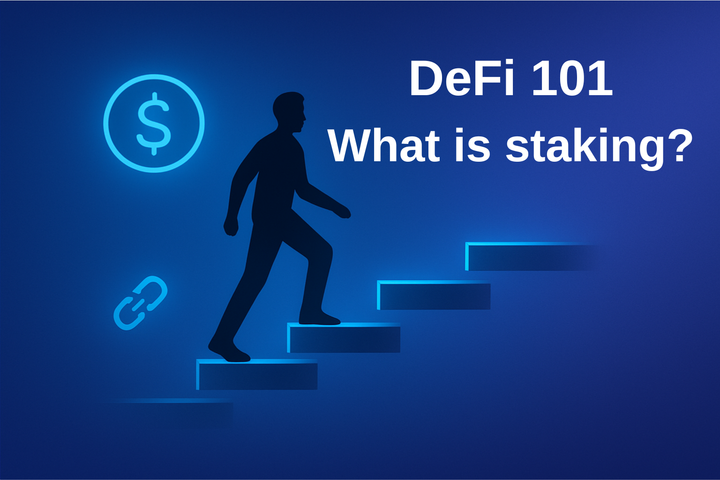
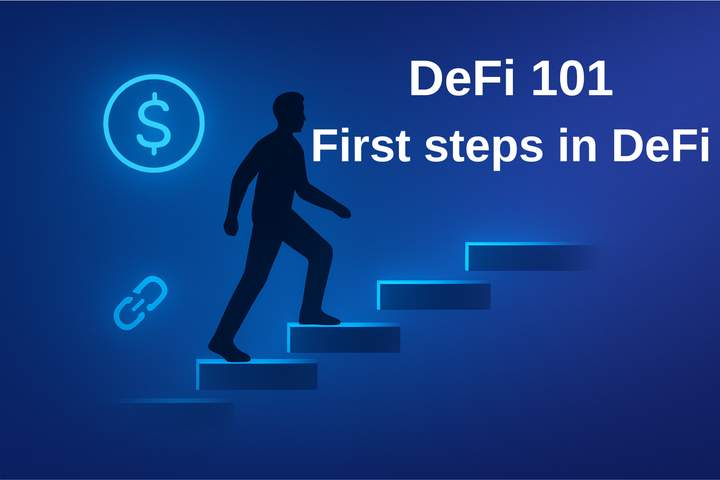
Comments ()